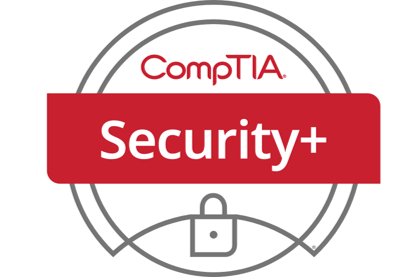CompTIA Security+ Certification Prep (Exam SY0-701)
CompTIA SY0-701, your gateway to a career in information security, enhances your knowledge in areas like cryptography, security infrastructure, and ...
Show more
Instructor
newuser
- Description
- FAQ
- Notice
- Reviews

FAQ 1
Faq Content 1
FAQ 2
Faq Content 2
Productivity Hacks to Get More Done in 2018
— 28 February 2017
- Facebook News Feed Eradicator (free chrome extension) Stay focused by removing your Facebook newsfeed and replacing it with an inspirational quote. Disable the tool anytime you want to see what friends are up to!
- Hide My Inbox (free chrome extension for Gmail) Stay focused by hiding your inbox. Click "show your inbox" at a scheduled time and batch processs everything one go.
- Habitica (free mobile + web app) Gamify your to do list. Treat your life like a game and earn gold goins for getting stuff done!
Please, login to leave a review










